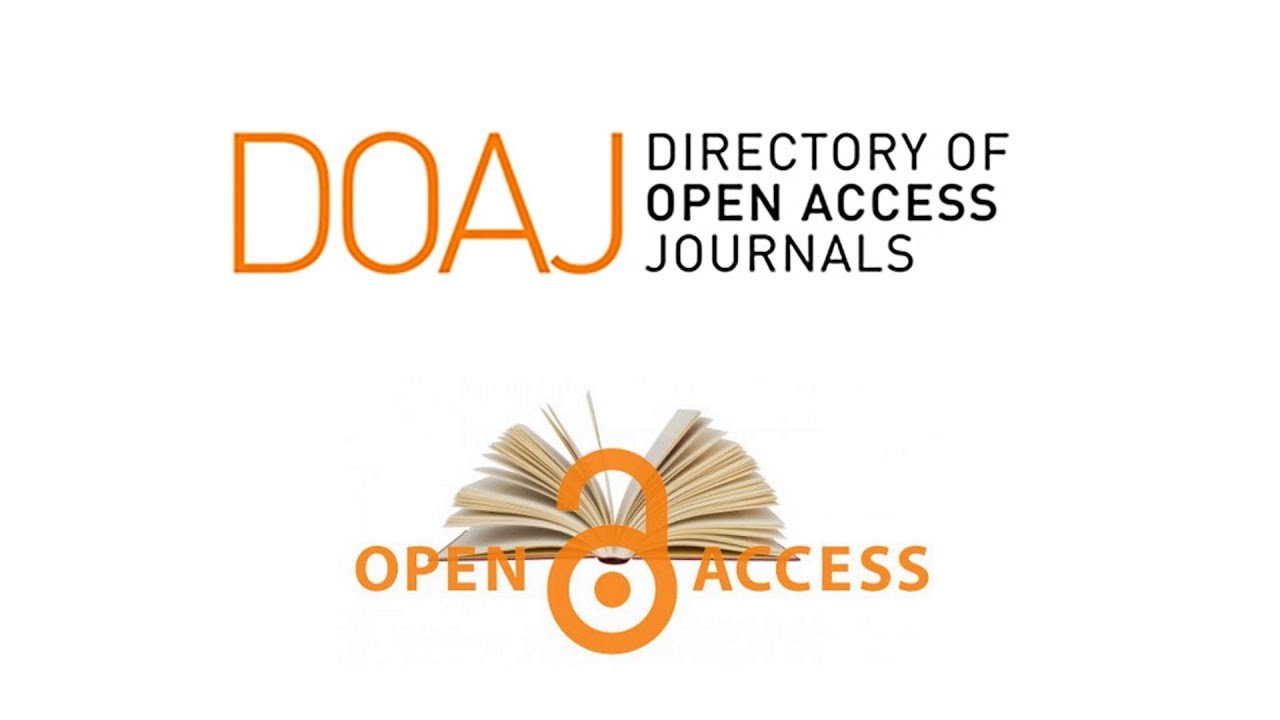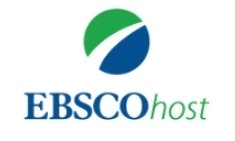For Authors
Guidelines for authors
Structure of the manuscript:
The manuscript must be organized into Title page, Abstract, Keywords, Introduction, Materials and Methods, Results, Discussion and Conclusion, Acknowledgements.
- The first page should contain a concise title, the names of the authors, and their postal addresses. The email address of the first or correspondence author should be written. The second page contains the abstract which should be in one paragraph of no more than 200 words. It should be able to stand on its own (as when cited in other publications) and accordingly should not carry footnotes, references to the literature, or unusual abbreviations. After the abstract, up to 5 keywords, specific to the article, are to be listed. The introduction and the rest of the articles follows but tables and figures should not be inserted in the text body.
Units of measurement and technical notation:
- Follow the ISO Système international d’unités (SI) for units and abbreviations whenever possible. Give all measurements in the metric system. For zoological and botanical nomenclature, authority for a name does not need to be given unless the text is taxonomic in nature. However, if the author prefers to give the authority, it need only be given the first time a species is mentioned.
Citation and Referencing Guidelines
- The reference list at the end of the article should be restricted to work already published, or definitely accepted for publication (in press). Unpublished material, including work submitted to a journal but not yet formally accepted, should not be included. Entries must be listed alphabetically by the first author’s surname, followed by initials. For successive references to the same author, cite the name in full each time; do not use ibid, dashes, or ditto marks. Names of journals are to be in full (do not abbreviate or italicize them). Do not set off the year of publication or the volume number with parentheses or with italic or boldface type, or italicize them). Do not set off the year of publication or the volume number with parentheses or with italic or boldface type.
Examples:
- Articles in Journals:
Barranguet, C., Kromkamp, J. and Peene, J. 1998. Factors controlling primary production and photosynthetic characteristics of intertidal microphytobenthos. Marine Ecology Progress Series, 173:117-126.
Books:
- Pricard, G.L. 1997. Marine Ecology. 2nd Ed., Pergamon Press, Oxford, 241 pp.
Articles/chapters in Books:
- Chaman, D.D. 1978. Production. In: W.E. Ricker (ed.) Methods for assessment of production in freshwater. Blackwell Scientific Publication, Oxford, pp. 202-217.
Where available, URLs and DOI for the references have been provided.
Tables:
Tables should be typed on separate pages; they should appear after the reference list. Do not incorporate them in the text of the manuscript. Number tables with Arabic, not roman, numerals. No vertical lines will be printed. The maximum width of a printed table is 60 characters in 1 column.
Figures:
Figures must be numbered in Arabic numerals consecutively as they are mentioned in the text. Legends of figures must be typed together as a list on a separate page. Magnifications should be given as bar lines in the figure and defined in the legend. When photographic illustrations are mounted as plates, they must be clearly marked with the figure number and divided by white lines not more than 2mm wide. The author must obtain permission to reproduce figures that have appeared in another publication.
Proofs and offprints:
Proofs are sent directly to the corresponding author in electronic format. The proofs should be carefully checked for printer errors. If the proofs are not returned by the date requested, the publication of the article may be delayed.
ORCID
Prior to publication, an ORCID must be provided for the corresponding author(s). If you already have an ORCID, you will be asked to provide it. The ORCID is not required for submission, or for peer review, but we will not be able to publish your article online until an ORCID is provided.






